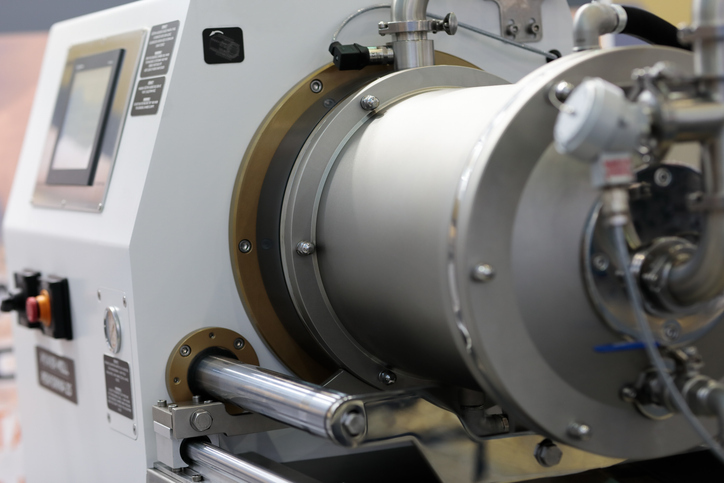Bead Mill Homogenizers
24th Sep 2025
Bead Mill Homogenizers: The Ultimate Guide for Efficient Sample Preparation
In modern laboratories, speed, consistency, and reproducibility are critical for sample preparation. Bead mill homogenizers have become one of the most effective tools for breaking down biological and chemical samples into uniform solutions. From tissue disruption to microbial lysis, bead mills deliver high-throughput results that support life sciences, diagnostics, and pharmaceutical research.

What is a Bead Mill Homogenizer?
A bead mill homogenizer uses rapid agitation with beads or balls to mechanically disrupt, grind, and homogenize biological or chemical samples. The sample tube contains small beads (made of glass, ceramic, or steel) that collide with the material under high-speed shaking, breaking it into smaller, uniform particles.
This method is widely preferred for tough, fibrous, or resistant samples that are difficult to process with traditional homogenization techniques.
Key Features and Benefits
-
Versatile Applications – Effective for DNA/RNA extraction, protein isolation, cell disruption, and sample emulsification.
-
High Throughput – Process multiple samples simultaneously, saving valuable lab time.
-
Reproducibility – Delivers consistent particle sizes and uniform results across experiments.
-
Scalability – Available in formats for single tubes, multi-tube racks, and automated systems.
-
Minimal Cross-Contamination – Closed tube format ensures clean, sterile processing.
Applications of Bead Mill Homogenizers
Bead mill homogenizers are indispensable in a variety of scientific fields, including:
-
Molecular Biology: Efficient lysis of cells for DNA, RNA, and protein extraction.
-
Microbiology: Breaking down bacterial, yeast, and fungal cell walls.
-
Pharmaceutical Development: Sample homogenization for drug discovery and formulation testing.
-
Environmental Science: Soil, plant, and water sample preparation.
-
Food and Agriculture: Homogenization of plant and animal tissue for analysis.
Choosing the Right Bead Mill Homogenizer
When selecting a bead mill homogenizer for your lab, consider:
-
Sample Type – Soft tissues require different bead materials than hard or fibrous samples.
-
Sample Volume – Ensure the instrument can handle the scale of your work (from microliters to milliliters).
-
Throughput Needs – Single-sample units for low volume vs. high-capacity systems for screening.
-
Cooling Options – Temperature control is important for sensitive biomolecules.
-
Automation Compatibility – High-throughput labs may need integration with robotic platforms.
Why Bead Mills Outperform Other Homogenization Methods
Unlike rotor-stator or ultrasonic homogenizers, bead mills provide mechanical impact from multiple directions, allowing efficient disruption of even the most challenging samples. They are also less operator-dependent, making them ideal for standardized, reproducible workflows in research and industry.
The Future of Bead Mill Homogenization
As laboratories move toward automation and miniaturization, bead mill homogenizers are adapting with improved energy efficiency, advanced cooling systems, and compatibility with next-generation assays. Their role in accelerating molecular diagnostics, personalized medicine, and biotechnology research continues to expand.
